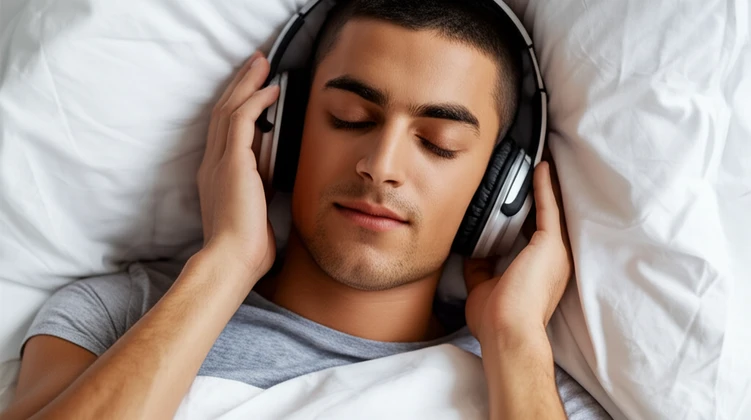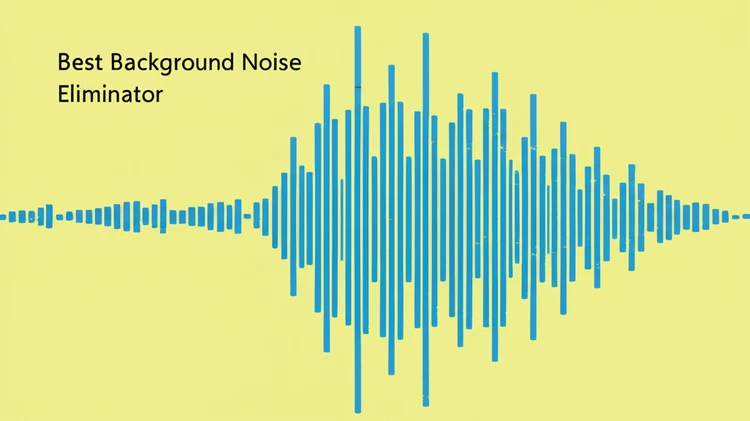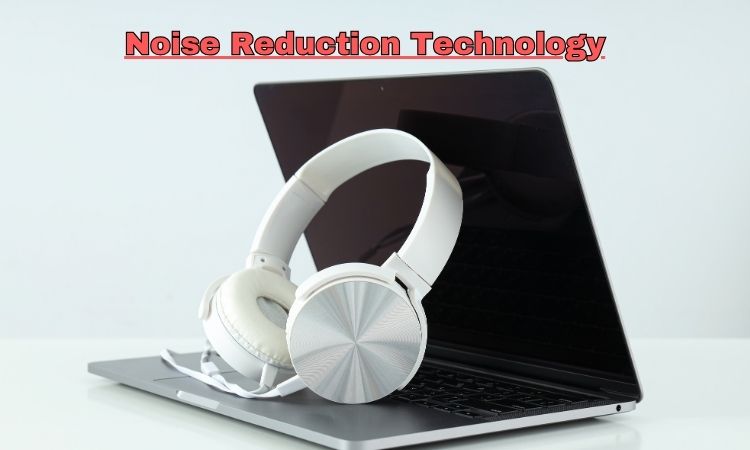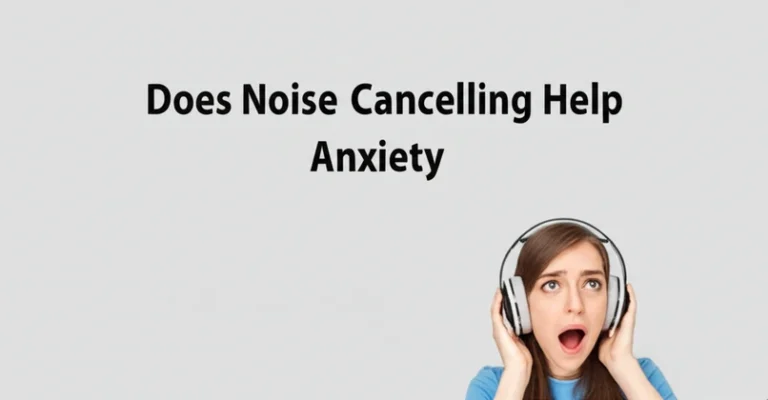
In today’s bustling world, achieving quality sleep can feel elusive. For those seeking refuge from disruptive noises, sleeping with noise-cancelling headphones has become a popular solution. But is this practice truly beneficial, and are there any potential drawbacks?
This article delves into the science behind noise-cancelling technology, its benefits and risks for sleep, and provides practical advice for safe and effective use.
The allure of a silent slumber is undeniable, especially for individuals living in noisy environments or struggling with sleep disturbances. Sleeping with noise-cancelling headphones offers the promise of a peaceful night’s rest, but it’s essential to understand the full picture before incorporating this technology into your sleep routine. This article explores the reasons behind the growing trend, the underlying technology, potential benefits and downsides, and essential safety tips for maximizing the advantages and minimizing potential harm when sleeping with noise-cancelling headphones.
Why People Sleep with Noise-Cancelling Headphones
The quest for uninterrupted sleep has led many to explore the potential of noise-cancelling headphones.
From bustling cityscapes to snoring partners, unwanted noise can significantly impact sleep quality. Here’s a deeper look at the motivations behind using this technology for sleep:
Common Reasons
- Blocking Disruptive Noises: Noise-cancelling headphones effectively minimize environmental sounds, creating a quieter sleep environment. This is particularly helpful for light sleepers sensitive to noises like traffic, construction, snoring partners, barking dogs, or noisy neighbors.
- Enhancing Relaxation: The ability to block distracting noises combined with the option of playing calming audio, such as white noise, pink noise, nature sounds, or guided meditations, can promote relaxation and facilitate the transition to sleep.
Studies have shown that these sounds can mask disruptive noises and create a more consistent auditory environment conducive to sleep.
- Sleep in Shared or Noisy Environments: Shared living spaces, such as dormitories, apartments, or hotel rooms, often present challenges for maintaining a quiet sleep environment. Noise-cancelling headphones offer a personalized solution for creating a peaceful oasis, even in otherwise disruptive settings.
The Role of Technology in Sleep Trends
The rise of wearable technology has spurred innovation in sleep aids.
Headphones designed specifically for sleep are now available, often combining noise cancellation with sleep tracking features. These advancements cater to the growing demand for personalized sleep solutions and data-driven insights into sleep patterns.
How Noise-Cancelling Headphones Work
Noise-cancelling headphones utilize sophisticated technology to reduce ambient sounds, creating a more tranquil auditory experience. There are two primary types of noise reduction:
Active Noise Cancelling (ANC)
ANC headphones employ microphones to detect external noise and generate inverse sound waves that effectively neutralize the unwanted sound.
This technology is most effective at reducing consistent, low-frequency sounds such as:
- Airplane engines
- HVAC systems
- Distant traffic
However, ANC is less effective at blocking high-frequency or sudden noises like human voices or slamming doors.
Passive Noise Isolation
Passive noise isolation relies on physical barriers to block sound, utilizing snug-fitting ear tips or well-padded ear cups. This approach is particularly effective for higher-frequency and unpredictable sounds that ANC struggles to address. The materials used in the ear cups or tips absorb and deflect sound waves, preventing them from reaching the eardrum.
Relevance to Sleep
Both ANC and passive noise isolation contribute to a quieter sleep environment.
The choice between the two depends on the specific noise profile of the sleeping environment and individual preferences regarding comfort and fit.
Benefits of Sleeping with Noise-Cancelling Headphones
Improved Sleep Quality
Noise disruptions can fragment sleep, preventing deep, restorative sleep cycles. Noise-cancelling headphones can mitigate this by:
- Blocking external noises: By attenuating or eliminating disruptive sounds, these headphones allow for a more continuous and undisturbed sleep experience. Research suggests that reduced noise exposure can lead to fewer awakenings and improved sleep architecture.
- Enabling focus on calming audio or silence: The option to listen to calming audio or simply enjoy the silence can promote faster sleep onset and reduce sleep latency.
Stress Reduction
Listening to soothing sounds or white noise can contribute to stress reduction by:
- Potentially lowering stress hormones: While more research is needed, some studies indicate that white noise can have a calming effect and potentially influence stress hormone levels.
- Encouraging relaxation and reducing pre-sleep anxiety: The predictable and consistent nature of white noise can create a sense of calm and security, reducing anxiety and promoting relaxation before sleep.
Adaptability for Different Settings
Noise-cancelling headphones offer versatility across various environments, from airplanes and hotel rooms to shared apartments and noisy neighborhoods, ensuring a consistent sleep environment regardless of external factors.
Risks and Downsides of Sleeping with Noise-Cancelling Headphones
Physical Discomfort
Extended use of headphones during sleep can lead to discomfort.
Common issues include:
- Ear Pain: In-ear models, especially those with ill-fitting tips, can cause pressure, irritation, or even pain in the ear canal over time.
- Head Pressure: Over-ear headphones, particularly bulky or tight-fitting models, may cause discomfort or pressure on the head and ears during prolonged wear.
Hygiene Concerns
Wearing headphones for extended periods can trap moisture and sweat in the ears, creating a breeding ground for bacteria. Regular cleaning is essential to prevent ear infections. It’s crucial to clean the headphones according to the manufacturer’s instructions and replace ear tips or cushions regularly.
Safety Risks
Completely blocking external sounds might:
- Prevent users from hearing important alerts: The inability to hear smoke detectors, fire alarms, or other emergency alerts can pose a significant safety risk.
- Pose entanglement risks: Wired headphones can present a potential entanglement hazard during sleep.
Potential Sleep Disruptions
Continuous audio playback without timers may interfere with natural sleep cycles, particularly if the audio changes abruptly or includes interruptions.
It’s important to use timers and select appropriate audio specifically designed for sleep.
Tips for Safely Using Noise-Cancelling Headphones While Sleeping
Choose the Right Model
- Opt for sleep-specific headphones or headbands: Sleep-specific headphones are typically designed with smaller drivers, flatter profiles, and softer materials to enhance comfort during sleep. Some are integrated into headbands for a more secure and less intrusive fit.
- Test various models to find the most suitable fit: Personal preferences vary significantly. Experimenting with different styles and brands is crucial to finding the most comfortable and effective solution for individual needs.
Set Timers and Limits
- Use devices or apps with sleep timers to avoid continuous playback: Setting a timer ensures that the audio stops after a predetermined duration, allowing for natural sleep cycles to take over.
- Limit usage to a few nights a week to prevent over-reliance: Consistent use of noise-cancelling headphones might lead to dependence.
Limiting usage can help prevent this and maintain the effectiveness of the technology when needed.
Maintain Proper Hygiene
- Clean headphones regularly, especially in-ear models: Regular cleaning removes sweat, earwax, and bacteria, minimizing the risk of ear infections.
- Replace ear tips or cushions as needed: Worn or damaged ear tips and cushions compromise both hygiene and sound quality. Replacing them regularly ensures optimal hygiene and performance.
Balance Noise Cancellation
- Use ANC at lower levels or choose passive noise isolation to remain aware of essential sounds: This allows for a degree of environmental awareness while still enjoying a quieter sleep environment.
- Pair noise cancellation with white noise or calming audio for a balanced experience: Combining – noise cancellation with calming audio offers a synergistic approach, masking disruptive noises while creating a relaxing auditory backdrop for sleep.
Alternatives to Noise-Cancelling Headphones for Sleep
White Noise Machines
- Provides consistent background sound without the need for headphones: White noise machines offer a non-invasive solution for masking disruptive noises and creating a soothing sleep environment.
- Ideal for users who find headphones uncomfortable: This is a suitable alternative for individuals who experience discomfort or pressure from wearing headphones during sleep.
Earplugs
- A cost-effective solution for blocking noise, though less customizable than headphones: Earplugs offer a simple and affordable method for reducing noise exposure during sleep.
However, they offer less control over the specific sounds blocked compared to noise-cancelling headphones.
- Suitable for short-term use but may cause discomfort over time: While effective for occasional use, earplugs can cause discomfort or irritation with extended wear, and it’s important to choose the right size and material for optimal comfort.
Sleep Headbands with Built-In Speakers
- Combines audio playback with a soft, lightweight design: Sleep headbands integrate thin speakers within a comfortable headband, offering a discreet and comfortable way to listen to audio during sleep.
- Designed for overnight comfort and minimal disruption: The soft materials and lightweight design minimize pressure and discomfort, allowing for extended wear during sleep.
FAQ
Is It Safe to Sleep with Noise-Cancelling Headphones?
Yes, sleeping with noise-cancelling headphones can be safe with proper precautions.
Choosing comfortable designs, setting timers, maintaining hygiene, and being mindful of the potential risks can mitigate potential downsides.
Can Noise-Cancelling Headphones Cause Ear Infections?
Prolonged use of noise-cancelling headphones without proper cleaning can trap moisture and bacteria, increasing the risk of ear infections. Regular cleaning and maintenance are crucial for minimizing this risk. It’s essential to follow manufacturer guidelines for cleaning and to replace ear tips or cushions periodically.
What Are the Best Headphones for Sleeping?
The best headphones for sleeping depend on individual preferences and needs.
Headband-style headphones, true wireless earbuds designed for sleep, or lightweight in-ear models specifically designed for overnight wear are generally recommended. Factors to consider include comfort, battery life, sound quality, and the type of – noise cancellation. Consulting online reviews and comparing different models can help in making an informed decision.
How loud should I play white noise or other calming audio?
It’s generally recommended to keep the volume low enough that it’s just enough to mask distracting noises.
Excessively loud audio can be detrimental to hearing health and may disrupt sleep instead of promoting it. Start with a low volume and gradually increase it until a comfortable and effective level is reached.
Are there any long-term health risks associated with using noise-cancelling headphones for sleep?
While more research is needed on the long-term effects of using noise-cancelling headphones for sleep, potential risks include ear infections, tinnitus (ringing in the ears), and noise-induced hearing loss if the volume is excessively high. It’s important to follow safety guidelines, prioritize comfort, maintain proper hygiene, and consult with a healthcare professional if any concerns arise.
Conclusion
Sleeping with noise-cancelling headphones can be a valuable tool for enhancing sleep quality and reducing stress in noisy environments.
However, careful consideration of comfort, hygiene, safety, and potential risks is crucial for long-term use. By choosing the right model, following best practices, and being mindful of individual needs, users can potentially experience more restful nights and improved well-being. If you experience any discomfort or concerns, consult with a healthcare professional or audiologist.
This article is intended for informational purposes only and does not constitute medical advice.






